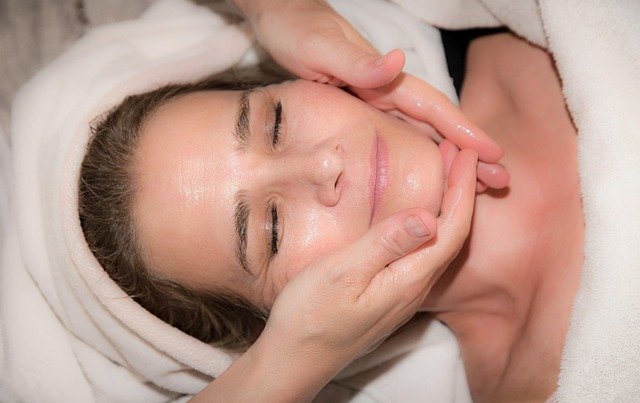Beauty Services: Facial Care, Skincare, Face Tools
A growing range of beauty services aims to improve skin health, refresh appearance, and provide specialized care for common face concerns. From classic facials to targeted skincare treatments and professional tools, understanding what each service does helps you choose options that match your skin type, goals, and schedule.

This article is for informational purposes only and should not be considered medical advice. Please consult a qualified healthcare professional for personalized guidance and treatment.
What does a facial service include?
A facial commonly combines several steps: cleansing, exfoliation, extraction, massage, mask, and moisturizing. Estheticians tailor these steps to skin type—oily, dry, combination, or sensitive—and may add serums or light therapy. Facials can be restorative (hydrating or soothing) or corrective (targets congestion or texture). Expect a treatment to start with skin analysis and end with recommendations for at-home care. Professional facials often use higher-concentration products and trained manual techniques beyond typical home routines.
How does skincare at a salon differ from daily routines?
Skincare treatments offered in salons and clinics differ from at-home routines in intensity and the actives used. Professional services can include chemical exfoliants, enzyme peels, and concentrated serums that penetrate more deeply than over-the-counter products. Licensed providers also assess skin reactions and modify protocols. Home skincare remains essential: consistent cleansing, sunscreen, and targeted serums sustain results between appointments. When considering stronger treatments, discuss allergies, medications, and skin sensitivity with the provider.
What beauty services address common face concerns?
Beauty services address problems such as acne, uneven tone, fine lines, and dryness. Options range from regular deep-cleansing facials and exfoliation to targeted treatments like microdermabrasion, LED therapy, or light chemical peels. For persistent or medical concerns—severe acne, rosacea, or suspicious lesions—referral to a dermatologist may be recommended. Many salons and spas offer treatment plans combining in-clinic procedures with tailored home-care regimens. Check that technicians are licensed and that the scope of services aligns with your needs and skin condition.
How are treatments tailored to the face and skin types?
Providers assess the face by observing texture, pore size, hydration, pigmentation, and sensitivity. Tailored treatments consider lifestyle factors and product history. For example, sensitive or thin skin will receive gentler exfoliation, while thicker, oilier skin may tolerate stronger treatments. Seasonal adjustments are common: lighter hydration and increased sun protection in summer, richer moisturizers in winter. Communication with your technician about past procedures and reactions helps customize each session and reduce the risk of irritation.
Which professional tools are commonly used in treatments?
Professional tools expand the range of services available. Common devices include steamers to soften skin, extraction tools for safe pore clearing, ultrasonic spatulas to remove debris, and high-frequency wands that aim to address bacteria and circulation. More intensive tools include microdermabrasion machines, dermaplaning blades, LED panels for specific wavelengths, and controlled microneedling devices. Proper sterilization, training, and adherence to protocols are essential for safety. Ask providers about the tools they use, their training, and post-treatment care to support recovery and maintain results.
Conclusion
Understanding the range of beauty services—how facials differ from deeper skincare procedures, what face concerns can be treated, and which tools professionals use—helps you make informed choices. Match treatments to your skin type, clarify expectations with licensed providers, and maintain consistent home care to support longer-lasting improvements.






